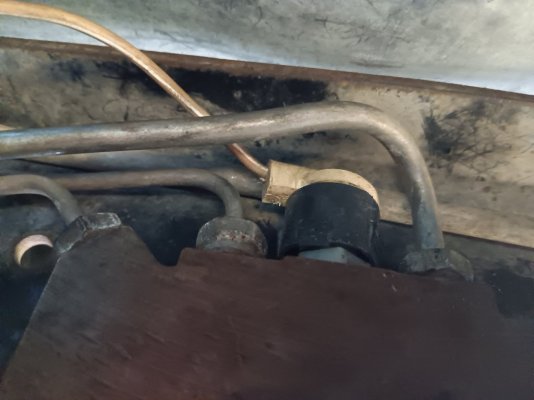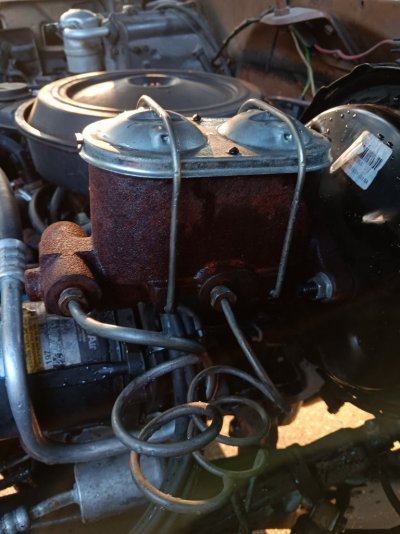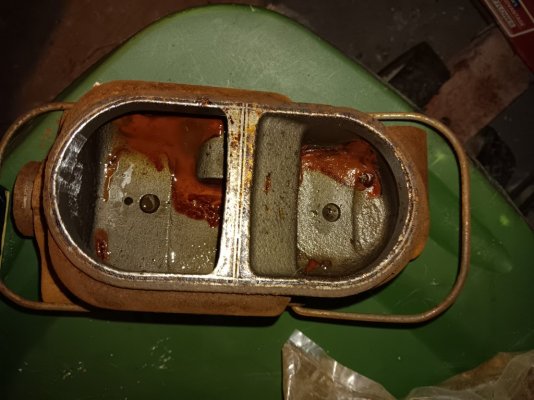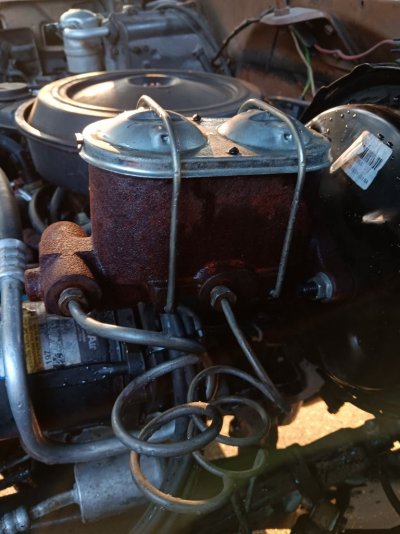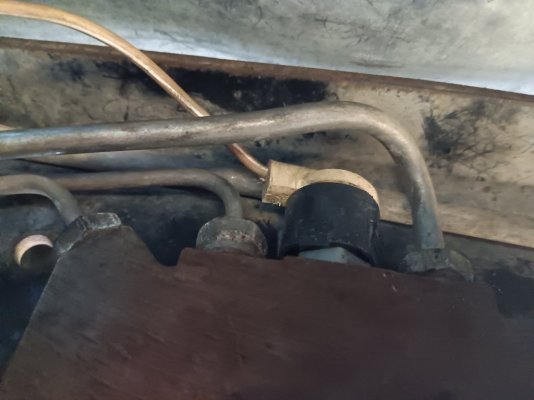bookit
Junior Member
- Joined
- Sep 5, 2022
- Posts
- 3
- Reaction score
- 3
- Location
- Wyoming
- First Name
- Dan
- Truck Year
- 1980
- Truck Model
- K10
- Engine Size
- 355
Let’s think simple for a minute check the “E” brake / parking brake to make sure they are fully releasing the lever should release nearly to the rear shoe it only takes a little bit of tension on that cable to make a rear wheel lock up also make sure the rear brake shoes are the correct size and installed correctly




